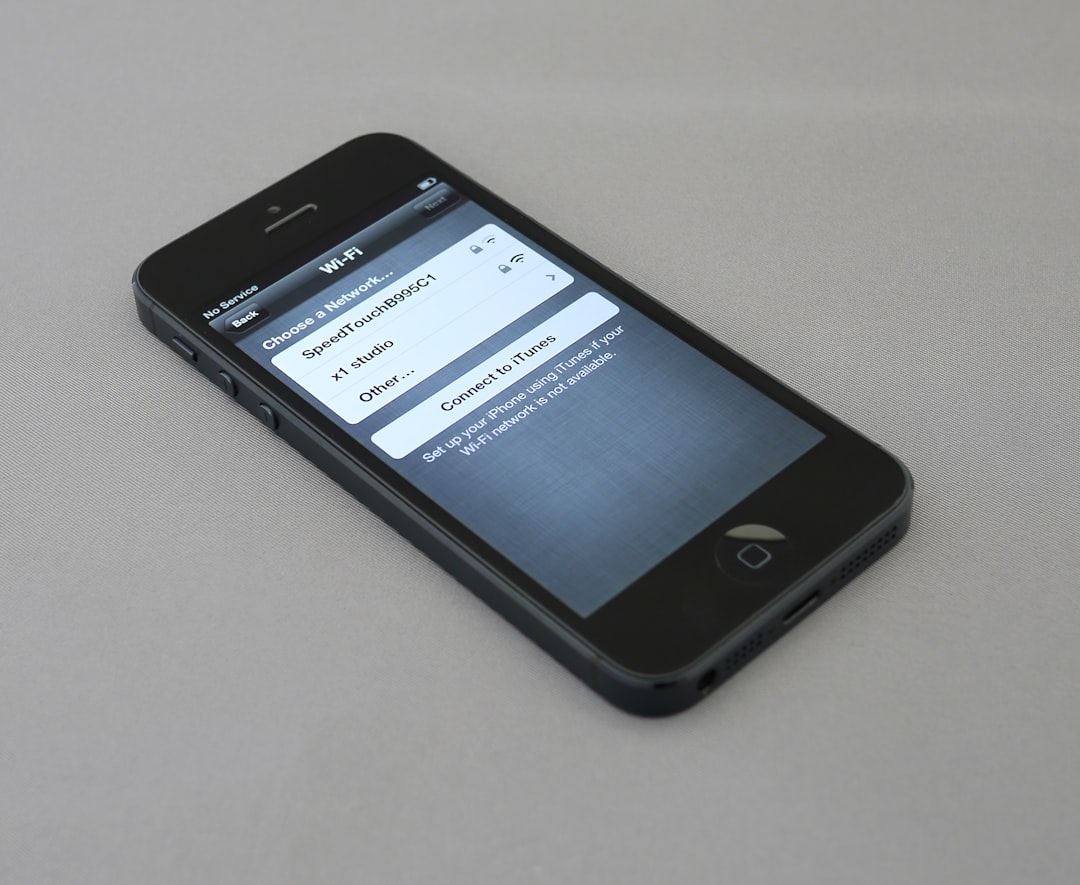NextGenBeing Founder
Listen to Article
Loading...Opening Hook
You've just deployed your application, and now you're worried about security vulnerabilities. Most developers miss this critical step, but with OpenSCAP 1.4 and Ansible 7.0, you can ensure your application is secure. In this guide, you'll learn how to implement vulnerability management with these tools.
Why This Matters
Vulnerability management is essential for modern applications. With the current state of cybersecurity threats, it's crucial to stay on top of potential vulnerabilities. You'll learn how to use OpenSCAP and Ansible to identify and remediate vulnerabilities, ensuring your application is secure.
Background/Context
OpenSCAP is an open-source tool for implementing the Security Content Automation Protocol (SCAP). It provides a framework for vulnerability management, compliance checking, and security measurement. Ansible is an automation tool that helps you manage and configure your infrastructure. By combining these tools, you can automate your vulnerability management process.
Core Concepts
Before diving into the implementation, let's cover some core concepts.
Unlock Premium Content
You've read 30% of this article
What's in the full article
- Complete step-by-step implementation guide
- Working code examples you can copy-paste
- Advanced techniques and pro tips
- Common mistakes to avoid
- Real-world examples and metrics
Don't have an account? Start your free trial
Join 10,000+ developers who love our premium content
Never Miss an Article
Get our best content delivered to your inbox weekly. No spam, unsubscribe anytime.
Comments (0)
Please log in to leave a comment.
Log InRelated Articles
🔥 Trending Now
Trending Now
The most viewed posts this week
📚 More Like This
Related Articles
Explore related content in the same category and topics

Diffusion Models vs Generative Adversarial Networks: A Comparative Analysis

Implementing Zero Trust Architecture with OAuth 2.1 and OpenID Connect 1.1: A Practical Guide

Implementing Authentication, Authorization, and Validation in Laravel 9 APIs






